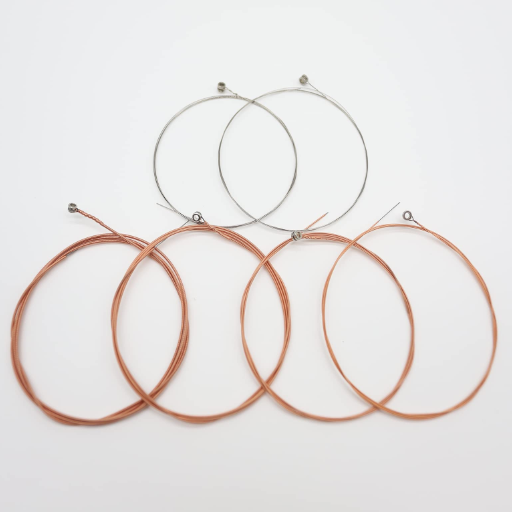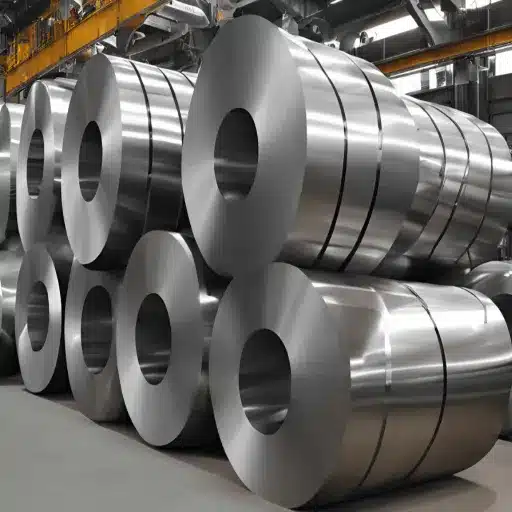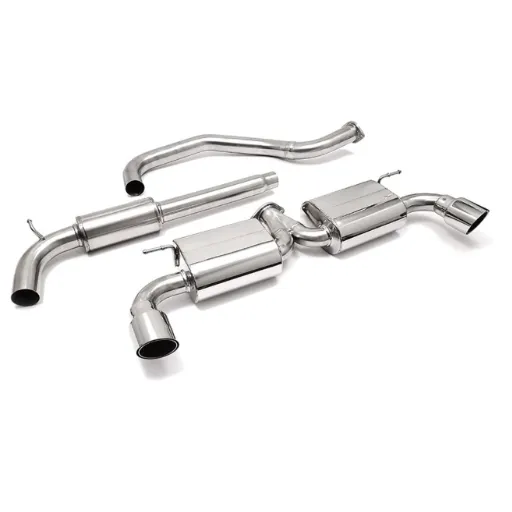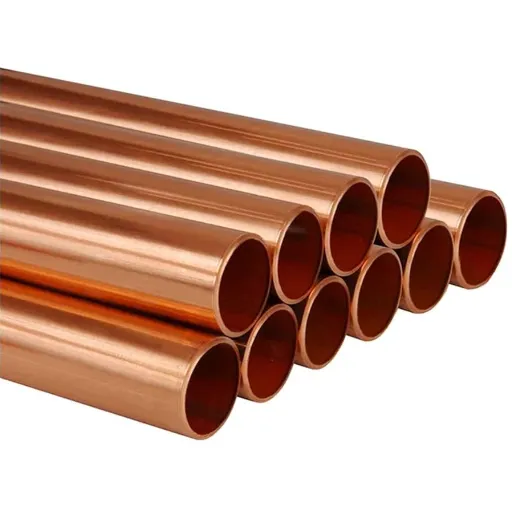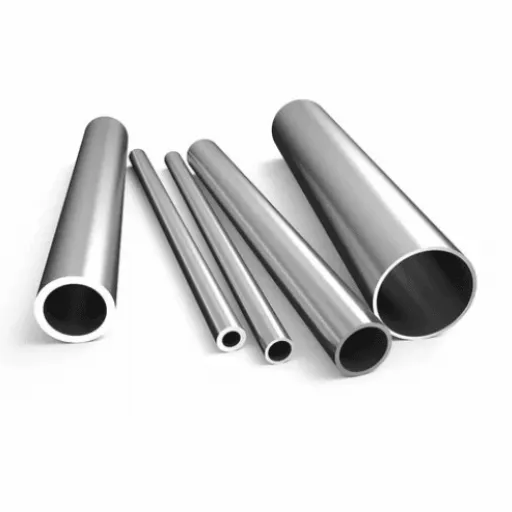When it comes to acoustic guitar strings, the choice of material plays a pivotal role in determining the overall tone, sustain, and playing experience. Among the most popular options are nickel bronze and phosphor bronze strings, each renowned for its unique tonal qualities and performance characteristics. But how do these two materials truly compare, and which one is better suited to your playing style and musical goals? This article dives deep into the key differences between nickel bronze and phosphor bronze strings, exploring their sound profiles, durability, and ideal use cases. Whether you’re a seasoned guitarist or just starting your musical journey, understanding these distinctions will help you make an informed decision and achieve the perfect sound.
What is Phosphor Bronze?
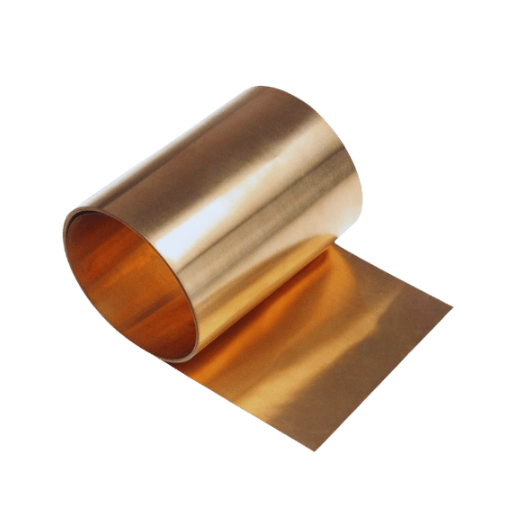
History and Development of Phosphor Bronze
Phosphor bronze strings appeared on the market in the 1970s as a better alternative to traditional bronze strings. The alloy’s composition consists mainly of copper and tin, with a little bit of phosphorus added to increase the strength and corrosion resistance. This solved issues concerning the bronze strings’ susceptibility to oxidation and short lifespan.
Strings lasted much longer with the addition of phosphorus; the strings retained warm tonal qualities associated with bronze. Acoustic guitar players began gravitating to the phosphor bronze because of its amazing durability, rich sound, and suitability for many styles and genres.
Phosphor bronze is popular on the market today. Acoustic guitar players appreciate its durability without losing great sound. The strings are versatile; they can be used during live performances or studio recordings. Along with the ability to withstand prolonged use, phosphor bronze maintains tonal quality, delivering a balance between brightness and warmth.
Chemical Composition of Phosphor Bronze
Phosphor bronze is an alloy that consists mainly of copper, tin, and a small amount of phosphorus. Usually, the ratio is around 90% copper, 9-10% tin, and phosphorus ranging from 0.03% to 0.35%, depending on the particular use or manufacturing method. All of these elements, in a way, make it instrumental in producing musical strings and other specialized instruments.
Phosphor bronze’s properties are mainly derived from the constituent elements and their proportions: copper, tin, and phosphorus. The high intensity of copper provides strength to the alloy along with durability and corrosion resistance. Its tin content enhances wear resistance and mechanical strength, which allows the alloy to be used over a longer period. The low phosphorus content improves brittleness along with fatigue for the alloy. Additionally, phosphorus enhances the casting characteristics of the alloy during the production process.
Thus, the alloy’s versatility can be explained by its meticulously balanced constituents, which enable phosphor bronze to deliver its acclaimed tonal pros and mechanical functions. The composition of its constituents fosters stricken durability and influences the vibrations and sound, establishing the alloy as the primary selection for applications where endurance and sound excellence are required.
Common Applications and Uses
Phosphor bronze or bronze alloy is used in industries like acoustics and mechanics due to its superb performance, durability, and strength. Moreover, springs and gears can be manufactured from it because of its outstanding corrosion resistance, along with wear endurance. Phosphor bronze is vital in gear components, fasteners, and bearings. It is crucial in the marine industry where any component is exposed to corrosive elements.
When making musical instruments like guitars, pianos, or mandolins, bronze alloy is equally important. It can capture rich long long-lasting tones, which makes it highly suitable for professional usage. Concerning oxidation resistance and tonal stability, phosphor bronze strings remain unmatched.
Bronze alloy is greatly beneficial for professionals working in electrical engineering. While having good conductivity, it becomes essential for making connectors and switch contacts because of its superior mechanical stability. These industries become highly reliable due to minimal stress and fatigue resistance, giving maximum performance for demanding electrical systems.
Understanding Nickel Bronze
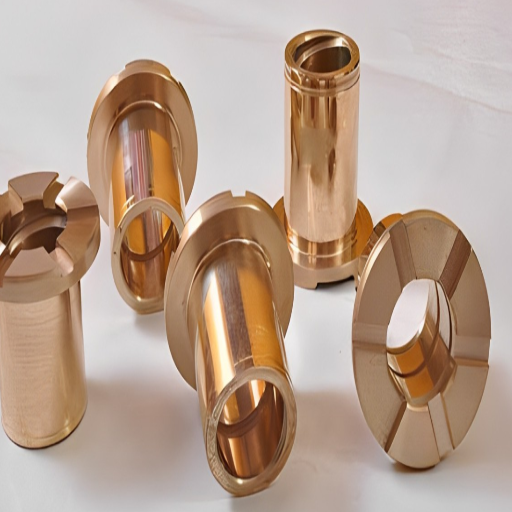
The Role of Nickel in Its Alloy
Nickel enhances the qualities of its alloy because of its complexity, which makes it useful for industrial purposes. Integration of nickel enables the alloy to achieve synergy of mechanical and chemical traits. Given below are five key contributions of nickel to its alloy and the importance of these contributions:
- Corrosion Resistance: Nickel acts as a great protector against rust and chemical corrosion, making nickel-containing alloys useful in harsh environments like marine or industrial setups. This adds value to corrosion-susceptible alloys while protecting the structural integrity over repeated exposures.
- Enhanced Strength and Toughness: Nickel guarantees the durability along with increased tensile strength and the toughness of the alloy, which exposes it to high stress and impacts. The alloy can now be used in more heavy-duty applications on multiple components subject to wear and tear.
- Improved Thermal Stability: Nickel improves the functionality of the alloys at elevated temperatures, making them useful in turbines, heat exchangers, etc. Other components that require repetitive exposure to thermal stress would also benefit.
- Magnetic Properties: Nickel enhances the magnetic capabilities of the alloy, making it useful in transformers, inductors, and other devices needing specialized magnetism.
- Ductility and Workability: Nickel increases both the workability and ductility of the alloy, facilitating shaping, machining, and fabrication while maintaining mechanical strength. This feature is particularly important for the precision engineering of complex parts.
These attributes, together in a single material, enable it to efficiently and reliably resolve diverse engineering problems with nickel-based alloys.
How Does Nickel Bronze Compare to Other Alloys?
Compared with other alloys such as Phosphor Bronze, 80/20 Bronze, Monel, and Aluminum Bronze, which have their own distinct sound and durability attributes, Nickel Bronze strings offer better clarity, enhanced projection, and a balanced tone.
| Alloy | Tone | Durability | Brightness | Warmth | Projection |
|---|---|---|---|---|---|
|
Nickel Bronze |
Balanced |
High |
Moderate |
Moderate |
High |
|
Phosphor Bronze |
Warm |
High |
Moderate |
High |
Moderate |
|
80/20 Bronze |
Bright |
Low |
High |
Low |
High |
|
Monel |
Neutral |
High |
Low |
Moderate |
Moderate |
|
Aluminum Bronze |
Clear |
High |
High |
Low |
High |
Applications in Guitar Strings and Beyond
Nickel bronze alloys are utilized across various industries owing to their astounding amalgamation of strength, corrosion resistance, and acoustic properties. Given below are five key spearheads where the alloys are best known for:
- Guitar Strings: Guitar strings are one of the best domains where nickel bronze alloys are utilized because of their durability and superb sounding capabilities. These alloys resist corrosion due to sweat and the environment, which increases the longevity of the strings. For instance, makers of guitar nick bronze to phosphor bronze due to its reverberation and better sound projection.
- Marine Engineering: Nickel bronze alloys are widely used in the fabrication of propellers, functioning parts of ships, and other equipment that are constantly exposed to marine conditions, for they require long-lasting and dependable performance. Their primary saltwater corrosion resistance makes them ideal for other marine purposes.
- Aerospace Components: Nickel bronze alloys are weld hardy but lightweight weight an attribute that is dominantly found in aerospace engineering. These materials are critical to foster high durability and resistance to corrosion for landing gear, turbine blades, and various other structural elements to guarantee an impeccable performance.
- Architecture and Design: Modern design preferences for nickel bronze’s beauty and strength make it popular for railings and other decorative features. Its use for façades and nickel bronze railings is especially appealing due to its resilience to outdoor exposure.
- Industrial Valves and Fittings: Nickel bronze alloys are the best selection for industrial valves and fittings in high-pressure or chemically aggressive environments because of their strength and wear resistance. They are essential in the oil and gas sector and the chemical processing industry because of the great reliability and corrosion resistance these areas demand.
These and many other applications show how crucial nickel bronze alloys are because of their usefulness and technological benefits.
Comparing Nickel Bronze vs Phosphor Bronze for Sound
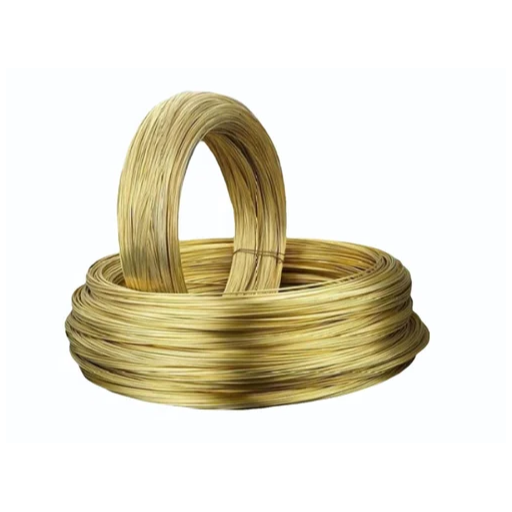
Differences in Tone and Harmonics
The classification of alloys such as nickel bronze and phosphor bronze is greatly influenced by their auditory aspects and harmonic properties, which makes them the preferred alloys for selection in applications like musical instruments and other mechanical horns. Nickel bronze is primarily known for being bright and having a clear tone. The properties of the alloy give enhancement to sound clarity and also to its sustain, providing a sharper focus to the impact of higher sequence frequencies. This makes it an optimal option for precision and projection applications, such as strings of guitars or the diaphragms of high-quality sound devices.
Unlike the previous type of alloy, phosphor bronze has a warmer and fuller, rounded tonal quality. The addition of phosphorus while doing the allowance increases durability but also adds to the softness of the put the sound effects. This alloy produces balanced harmonic resonance and excels for applications that need rich and full-bodied tone. Hence, phosphor bronze is favored while crafting string instruments where tonal depth is very important, as well as for industrial components needing vibration-damping properties.
Changing factors like the gauge, thickness, and specific manufacturing techniques employed can adjust the tonal spectrum, which makes the material selection highly critical depending on the application and efficiency needs. Engineers, designers, and musicians alike can leverage these two alloys with their subtle differences to achieve very specific and precise acoustic solutions tailored to their needs.
Which Offers a Brighter vs. Mellow Sound?
While studying the two alloys, it is noted that brass typically produces a brighter and sharper sound as compared to other materials, alongside resonating overtones and powerful projection that cuts through other sounds in a mix. This is quite useful in instruments where the sound quality must be clear and resonant, such as in brass instruments. The compounds of zinc in brass make the alloy more vibrant, thus requiring less energy to transmit sound, which is handy in places that need dynamic sound.
On the contrary, bronze is known to have a softer and warmer tonal quality as compared to brass. Bronze’s higher copper particles usually absorb most of the higher frequencies, producing soft sound and rich, rounded character. This results in bronze -producing controlled and pleasant timbre being widely used for subtle textures, producing resonant sounds termed as understated. Bronze is quite famous for its use in cymbals, bell casting, and even some components of string instruments requiring rich-sounding but subtle components.
Every professional in audio performance can now use the guide by understanding the specifics of each alloy to make choices to enhance their systems. Combining this with bronze or brass allows professionals to decide what material to go with based on the shapes needed alongside the brightness or warmth of sound required.
Durability and Resistance to Corrosion
These metals have a unique set of properties that make them useful across a vast range of industries: both brass and bronze are distinguished by their toughness as well as their ability to withstand corrosion. Bronze and brass alloys stand out in the water industry since bronze contains copper and tin, which makes it laced with strong anti-saltwater corrosion components, while brass, which is composed of copper and zinc, possesses high corrosion resistance capabilities. Both metals contain alloy-composed counterparts capable of enduring mechanical and anti-corrosive properties spread across industry that require large stimulus regions.
Brass, best known for decorative marine applications, contains plumbing components that rely on structural integrity even in mildly corrosive areas. Its resistance to tarnishing ensures durability while aesthetics remain untouched for marine hardware and plumbing components. The addition of aluminum or silicon adds more to the capabilities of these metals across instrumentation.
According to research findings related to extreme conditions, bronze tends to have better corrosion resistance, safeguarding plastic lace from hitting bronze or brass aircraft tracks upon the ground. Energy resources and system dynamics underline the fact that both alloys withstand engineering and industrial environments, where boundaries that brass-acid alloys sustain are not penetrated.
The Melting Point and Physical Properties
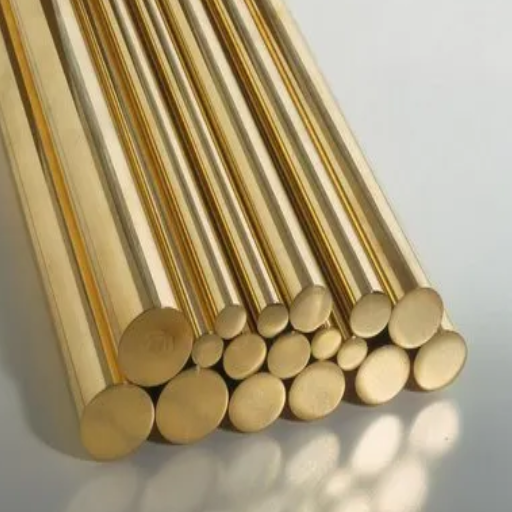
Understanding the Melting Range of These Alloys
During my evaluation of bronze and brass alloys, it is clear that these alloys, to some degree, behave differently because of their differing compositions. Based on the constituents, I observe that bronze has a somewhat higher range of melting temperature, which usually lies in between 1,675°F and 1,900°F (913℃ to 1037℃), than brass. This means that bronze is more useful in industries needing tempered instruments, as it maintains integrity both performance-wise and structurally during higher temperature conditions, which allows its use in tougher industrial needs, further extending to components needing resistance against high heat, marine fittings, and more.
Brass tends to differ with a melting range of 900°F to 1,650°F (482°C to 900°C) due to its primary constituents of a copper and zinc alloy; this range also slightly depends on the ratio of zinc to copper present in the alloy as well. Notably, the presence of zinc in the compound lowers the melting temperature as compared to that of pure copper. This increase in versatility provides usefulness in areas needing reasonable strength, malleability, and resistance to temperatures.
When it comes to bronze, its alloys have tin and copper as their main constituents, while its other unneeded metals that may be added can include aluminum or even nickel. Because bronze needs to be useful in tougher structural applications, it does usually have performances relying on lower alloys tend to add these low metals to alter its features enabling a mixture of resiliency and heat tolerability into its enduring aspects while maintaining a slightly upper thermal melt range, elevating the strength and utility of the bronzed alloy – essentially allowing bronze to keep up with the harsher industrial standards.
Recognizing these melting ranges, it is clear that the choice between brass and bronze is contingent on the environment’s thermal stresses. While brass offers simpler casting due to its lower melting point, bronze’s superior capabilities at elevated temperatures make it more useful. The difference in behavior aids in achieving optimal results, supports the need for careful consideration during material selection in engineering projects.
Physical Properties and Mechanical Characteristics
Both Brass and bronze have unique features that affect their utility in advanced engineering circumstances. For example, brass, which is an alloy of copper and zinc, is recognized for its great malleability, low coefficient of friction, and susceptibility to mild environmental corrosion. Its density is also between 8.4 and 8.7 g/cm³, and it has an approximate alloy tensile strength of 500MPa.
Another example is bronze, which is an alloy of copper and tin, with modern variations including added aluminum, nickel, or phosphorus. Bronze is superior in terms of density as it ranges between 8.7 and 8.9 g/cm³, along with a commendable tensile strength of 800 MPa, making it more strain resistant. In addition to this, bronze also demonstrates outstanding wear resistance, enabling it to withstand elevated temperatures without much degradation. For this reason, bronze is better suited for high-performance applications such as bearings and bushings.
The variations of their metallurgical structures influence their mechanical behavior. For example, brass is preferred in cases needing delicate turning and detailing, whereas bronze’s strong grain structure makes it more resilient to cyclic loading and severe environmental strain. It is also evident that choosing the right material involves an extensive evaluation of operating conditions to achieve the desired equilibrium of physical attributes and mechanical efficiency.
Impact on Manufacturing and Performance
Material selection influences the production process and performance of a given product in numerous ways. It is imperative to ensure a balance between the material properties, methods of construction, and operational requirements. Each of these relationships poses its challenges. A few of the impacts are highlighted as follows:
- Machinability and Processing Time: Every fabricator wishes to minimize time delays and wear on tools. As an example, parts made out of aluminum or brass have high machinability, which, in turn, shortens the processing time. Received industry data indicates comparison of CNC machining of softer alloyed metals like stainless steel is 30% slower than softer metals.
- Thermal Conductivity and Heat Management: Conducting copper is widely used in wires and heat exchangers because of its high heat conductivity. It is easier for them to remove excess heat, unlike low-conductivity materials like ceramics, which are more effective as insulators.
- Corrosion Resistance and Longevity: In art parts that are exposed to marine or industrial environments, the use of steel or titanium enhances corrosion resistance. Performance studies have shown that steel has up to five times improved endurance under salt spray weathering compared to unprotected steel.
- Strength-to-Weight Ratio: Aerospace and automotive industries depend on carce lean materials with high tensile carbon fiber composites and titanium. To illustrate, switching steel for carbon fiber on vehicles could decrease the mass of the vehicle by as much as 50%. This increases fuel efficiency without compromising safety.
- Cost-to-Performance Balance: The overall cost of material consists of the purchase price, machining, treatment, and how long it lasts. For example, titanium is more expensive, but its great strength and resistance to blast often justifies its use in military grade medical implants and aerospace components.
As efficient, durable, and cost-effective solutions are developed, these points show the intricate relationships between the material properties and the manufacturing subtleties, along with the application specifics.
Choosing Between Bronze and Phosphor Bronze for Instruments
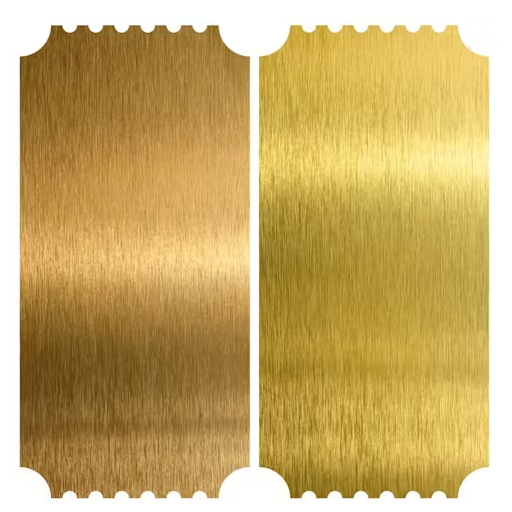
Considerations for Guitarists and Musicians
From a guitarist and musician’s perspective, the strings and devices of a guitar have to be made from certain materials to achieve the desired sound quality, durability, and performance. Bronze is a common alloy of copper with tin, which is preferred for acoustic guitar strings as it has good resonance and warmth. However, its susceptibility to corrosion in humid and wet places can limit how long it lasts.
Phosphor bronze is better as it has a small amount of phosphorus added to the alloy, which increases strength against corrosion and makes it last longer without losing tonal quality. This added resilience makes phosphor bronze strings particularly well-suited for musicians who perform frequently or live in areas with fluctuating environmental conditions. It is also preferred by those players seeking warm, balanced sound as it has a darker, mellower tone compared to bronze.
Musicians need to balance their tonal preferences with the playing and performing schedule to figure out which alloy will serve them best and under what conditions. Both alloys cater to distinct needs and empower guitarists to make custom choices depending on the acoustic and behavioral characteristics needed.
How to Decide Based on Sound Quality and Preference
Musicians must pay attention to the relation between the material features and the context of use when considering preferences regarding sound quality. For example, strings crafted from nickel alloys are known for their warmer tones like those associated with blues, jazz, and classic rock. On the other hand, stainless steel strings are compliant with the demands for brighter, percussive tones and corrosion resistance, making them suitable for genres that require harsh attack, like metal or punk.
The gauge, or thickness, of the string is another critical factor influencing sound and feel. Heavier gauge strings are widely accepted for genres requiring a powerful low-end blast, as they tend to produce an overall stronger tone with greater sustain and volume. Contemporary solos, on the other hand, employ intricate lead playing where light-gauge strings are ideal due to their bendability.
Every musician has to be concerned with how often they need to replace their equipment, and it seems like every performer has unique demands. Someone who rehearses or performs regularly may benefit from coated strings that withstand wear. Evaluation during practice and actual performance scenarios can ensure further condition-specific tailoring of choice to such as clarity, resonance, and durability. Such an approach guarantees that functional requirements and auditory preferences are met by innovative design-driven choices.
References
- Restoration of Worn Movable Bridge Props with Use of Bronze Claddings – Discusses the properties and applications of Phosphor Bronze alloys.
- Configurations of Phosphor Bronze Meshes in Heat Pipes: An Experimental Analysis of Thermal Performance – Explores the use of Phosphor Bronze in thermal applications.
- Bronzes Dorés: A Technical Approach to Examination and Authentication of French Gilt Bronze – Includes insights into the introduction of nickel in bronze alloys.
Frequently Asked Questions (FAQ)
Q: What are the main differences between nickel bronze and phosphor bronze strings?
A: Nickel bronze strings contain a higher content of nickel, which provides a brighter and crisper sound. Phosphor bronze strings, on the other hand, include a phosphor bronze alloy that gives a warmer and more mellow tone. These differences in elemental composition and chemistry affect the overall sound quality and are often chosen based on personal preference and playing style.
Q: How do nickel bronze strings affect the sound of a guitar?
A: Nickel bronze strings are known to enhance the natural sound of the guitar, offering clear bass and treble tones. The content of nickel in these strings allows them to deliver a bright, articulate sound that is often preferred by musicians who want their guitar’s true voice to shine through.
Q: What advantages do phosphor bronze strings offer?
A: Phosphor bronze strings, made from phosphor bronze alloy, provide a warm and well-rounded tone. They are especially good for strumming and fingerstyle playing, as they exhibit a balanced sound across the bass and treble ranges. Unlike nickel bronze, they tend to have a slightly softer and more mellow sound, making them a popular choice for many acoustic guitarists.
Q: Are nickel bronze strings more durable than phosphor bronze strings?
A: The durability of strings can vary based on several factors, including the manufacturer and the player’s style. Generally, nickel bronze strings are known for their resilience and longer lifespan due to the nickel content, which is less prone to corrosion compared to some bronze counterparts.
Q: How do wound strings in nickel bronze compare to those in phosphor bronze?
A: Wound strings in nickel bronze typically have a brighter tone due to the nickel content, whereas phosphor bronze wound strings offer a warmer and more nuanced sound. The choice between the two often depends on the desired tonal outcome and the music genre being played.
Q: Can I use nickel bronze strings on any type of guitar?
A: Nickel bronze strings are versatile and can be used on various acoustic guitars. However, their bright sound is particularly well-suited for guitars that benefit from an enhanced treble and bass response. It’s important to match the string type with the guitar and playing style to achieve the best sound.
Q: How does the elemental composition of string materials affect their performance?
A: The elemental composition, including the metalloids and alloys used in the strings, greatly impacts their tonal properties and durability. For example, the addition of nickel in nickel bronze strings contributes to their bright sound and resistance to corrosion, while phosphor in phosphor bronze strings enhances their warmth and richness.
Q: What should I consider when choosing between nickel bronze and phosphor bronze strings?
A: When choosing between nickel bronze and phosphor bronze strings, consider the tonal qualities you desire, the type of music you play, and your guitar’s natural sound. Nickel bronze is ideal for a bright, clear tone, while phosphor bronze offers warmth and depth. Additionally, evaluate how the strings’ durability and feel align with your playing style.
Q: Are there any specific maintenance tips for nickel bronze strings?
A: To maintain nickel bronze strings, regularly wipe them down with a clean cloth to remove dirt and oils from your fingers. This helps preserve their bright sound and extends their lifespan. Using a string cleaner or conditioner can also prevent corrosion and keep the strings in optimal condition.

